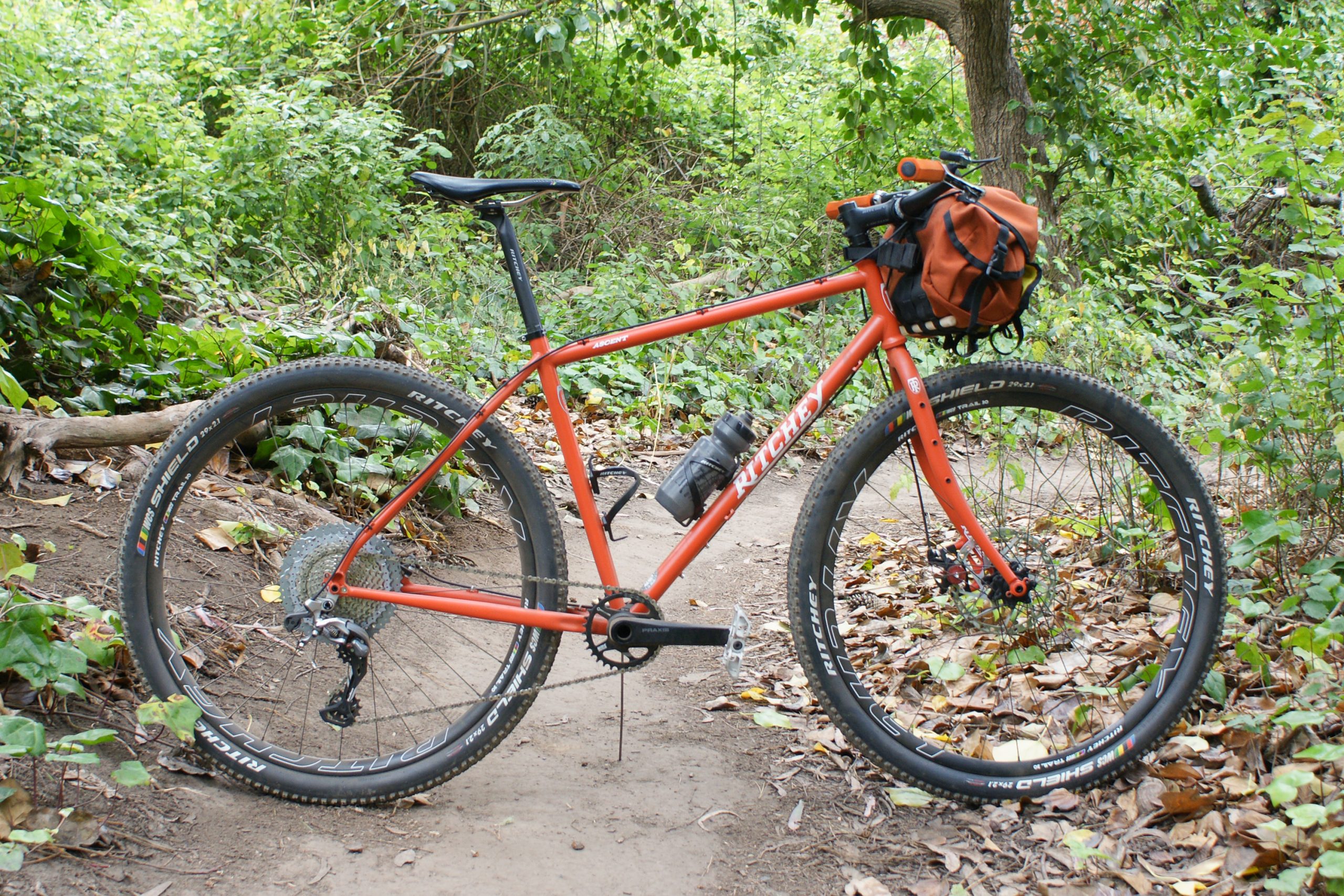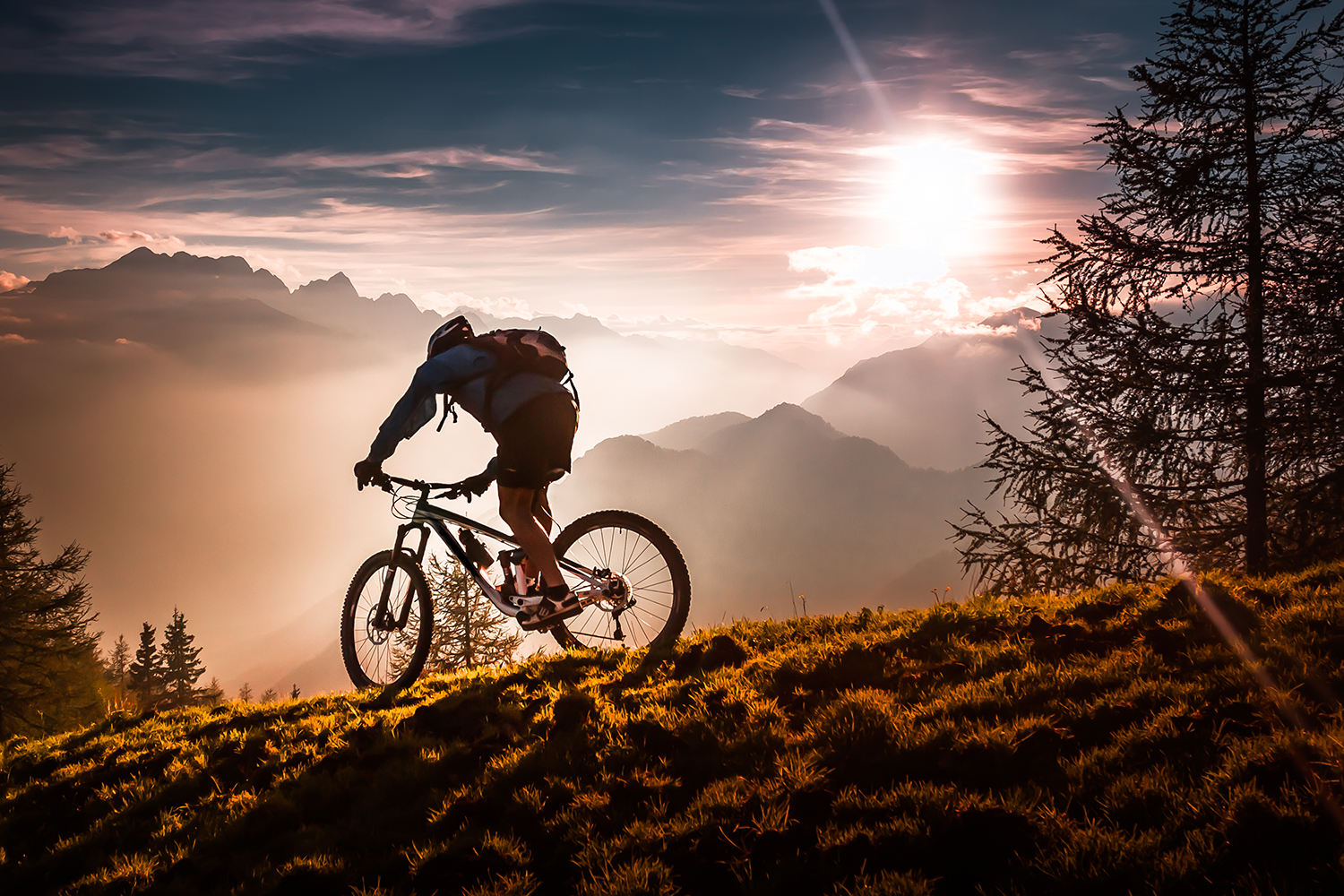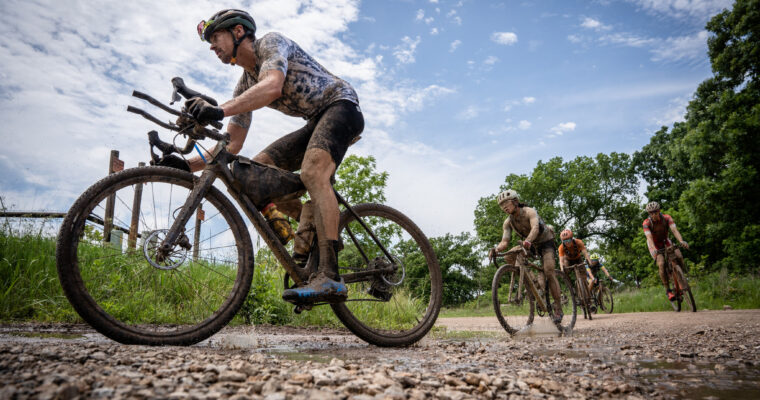Choosing the Right Bike for Your Adventure
When it comes to mountain and road bikes, selecting the right one for your adventure can be a daunting task. With so many options available, it’s essential to understand the key differences between these two types of bikes to make an informed decision. Mountain bikes are designed for off-road riding, featuring sturdy frames, wide tires, and robust gearing. They are perfect for navigating technical trails, climbing steep hills, and descending rough terrain. On the other hand, road bikes are built for speed and efficiency on paved roads, with lightweight frames, narrow tires, and optimized gearing.
When choosing a bike, consider your riding style and the terrain you’ll be tackling. If you’re a beginner, a hardtail mountain bike or an entry-level road bike may be the perfect starting point. These bikes offer a great balance of performance, comfort, and affordability. For more experienced riders, consider a full-suspension mountain bike or a high-performance road bike, which offer advanced features and technologies to enhance your riding experience.
Another crucial factor to consider is the bike’s size and fit. A bike that’s too small or too large can lead to discomfort, reduced performance, and increased risk of injury. Visit a local bike shop to get a professional fitting, and don’t hesitate to ask for advice from experienced staff. They can help you find the perfect bike to match your riding style, budget, and preferences.
Ultimately, the right bike for your adventure is one that meets your specific needs, provides a comfortable ride, and inspires confidence on the trails or roads. By understanding the differences between mountain and road bikes, considering your riding style and terrain, and getting a proper fit, you’ll be well on your way to finding the perfect bike for your next adventure.
Mastering the Art of Mountain Biking: Tips and Techniques
Mountain biking is a thrilling and challenging sport that requires a combination of physical fitness, technical skills, and mental toughness. To master the art of mountain biking, it’s essential to develop a range of skills and techniques that will help you navigate technical trails, maintain speed and momentum, and stay safe on the bike.
One of the most critical skills for mountain biking is the ability to navigate technical trails. This involves developing a range of techniques, including how to corner, brake, and accelerate on uneven terrain. To corner effectively, focus on looking through the turn, using your body weight to shift the bike, and applying gentle pressure to the handlebars. When braking, use both brakes evenly, and avoid slamming on the brakes, as this can cause the bike to skid or lose traction.
Body positioning is also crucial for maintaining balance and control on the bike. Keep your weight centered over the bike, with your knees bent and your elbows relaxed. This will help you stay balanced and stable, even on technical terrain. When climbing steep hills, shift your weight forward, and use your legs to push the pedals. When descending, shift your weight back, and use your arms to absorb the shock.
To maintain speed and momentum on the bike, focus on developing a smooth and efficient pedaling technique. This involves using a high cadence, keeping your legs relaxed, and avoiding mashing the pedals. You should also focus on maintaining a consistent speed, rather than accelerating and braking repeatedly. This will help you conserve energy, and stay in control of the bike.
Finally, it’s essential to stay safe on the bike by wearing protective gear, including a helmet, gloves, and knee pads. Always check your bike before riding, and make sure that it’s in good working condition. Ride with a buddy, and let someone know your planned route and estimated return time. By following these tips and techniques, you’ll be well on your way to mastering the art of mountain biking.
How to Optimize Your Road Bike for Speed and Efficiency
When it comes to road biking, speed and efficiency are crucial for achieving optimal performance. To optimize your road bike for speed and efficiency, there are several key factors to consider, including tire selection, bike fit, and aerodynamic accessories.
Tire selection is critical for road biking, as it can significantly impact your speed and efficiency. Look for tires with a low rolling resistance, such as those with a smooth tread pattern and a narrow width. These tires will help you maintain speed and reduce energy expenditure. Additionally, consider using tires with a high air pressure, as this will also help to reduce rolling resistance.
Bike fit is also essential for optimizing your road bike for speed and efficiency. A proper bike fit will ensure that you are in a comfortable and aerodynamic position, allowing you to maintain speed and reduce fatigue. Consider visiting a professional bike fitter to get a customized fit, or use online resources to learn how to adjust your bike to fit your body.
Aerodynamic accessories can also play a significant role in optimizing your road bike for speed and efficiency. Consider adding accessories such as aero bars, aero wheels, and aero helmets, which can help to reduce air resistance and improve your overall aerodynamics. Additionally, consider using clothing and gear designed to reduce air resistance, such as tight-fitting jerseys and pants.
Another key factor to consider when optimizing your road bike for speed and efficiency is your riding technique. Focus on maintaining a smooth and consistent pedaling technique, and avoid mashing the pedals or using too much energy. Additionally, consider using techniques such as drafting and pacelining to reduce wind resistance and conserve energy.
Finally, consider investing in a power meter or other performance-tracking device to help you optimize your road bike for speed and efficiency. These devices can provide valuable insights into your performance, allowing you to identify areas for improvement and make data-driven decisions to optimize your bike and your riding technique.
Product Review: Top Mountain and Road Bikes for Every Budget
When it comes to choosing the right mountain or road bike, there are many factors to consider, including budget, riding style, and terrain. In this review, we’ll take a look at some of the top mountain and road bikes from brands like Trek, Specialized, and Giant, highlighting their features, pros, and cons.
For beginners, the Trek FX 2 is a great option for mountain biking. This bike features a lightweight aluminum frame, 21-speed Shimano drivetrain, and hydraulic disc brakes. It’s perfect for casual trail riding and commuting, and is available for around $500.
For more experienced riders, the Specialized Stumpjumper is a top choice for mountain biking. This bike features a carbon fiber frame, 12-speed SRAM drivetrain, and hydraulic disc brakes. It’s designed for aggressive trail riding and is available for around $2,000.
For road biking, the Giant TCR Advanced is a top choice for riders of all levels. This bike features a lightweight carbon fiber frame, 11-speed Shimano drivetrain, and hydraulic disc brakes. It’s perfect for endurance riding and is available for around $1,500.
Another great option for road biking is the Trek Domane. This bike features a lightweight carbon fiber frame, 11-speed Shimano drivetrain, and hydraulic disc brakes. It’s designed for comfort and endurance, and is available for around $1,000.
When choosing a mountain or road bike, it’s essential to consider your budget, riding style, and terrain. Be sure to test ride several bikes before making a purchase, and don’t be afraid to ask for advice from a professional bike mechanic or salesperson.
In addition to the bikes mentioned above, there are many other great options available from brands like Cannondale, Santa Cruz, and Niner. Be sure to do your research and read reviews from other riders before making a purchase.
Essential Safety Gear for Mountain and Road Biking
Safety gear is a crucial aspect of mountain and road biking, as it can help prevent injuries and ensure a safe riding experience. In this section, we’ll discuss the essential safety gear for mountain and road biking, including helmets, gloves, and lights.
Helmets are the most critical safety gear for mountain and road biking, as they can help prevent head injuries in the event of a crash. Look for a helmet that meets the safety standards of your country or region, and make sure it fits properly. Some popular helmet brands include Bell, Giro, and Specialized.
Gloves are another essential safety gear for mountain and road biking, as they can help prevent hand injuries and improve grip on the handlebars. Look for gloves that are specifically designed for mountain or road biking, and make sure they fit properly. Some popular glove brands include Pearl Izumi, Specialized, and Castelli.
Lights are also an essential safety gear for mountain and road biking, especially when riding in low-light conditions. Look for lights that are specifically designed for mountain or road biking, and make sure they are visible from a distance. Some popular light brands include NiteRider, Light & Motion, and Lezyne.
In addition to helmets, gloves, and lights, there are several other safety gear that mountain and road bikers should consider. These include knee and elbow pads, which can help prevent injuries in the event of a crash, and a first aid kit, which can help treat minor injuries.
When choosing safety gear, make sure to consider the type of riding you’ll be doing, as well as your personal preferences and budget. It’s also important to make sure that your safety gear is properly fitted and maintained, to ensure that it provides the best possible protection.
Some popular safety gear brands for mountain and road biking include:
- Bell
- Giro
- Specialized
- Pearl Izumi
- Castelli
- NiteRider
- Light & Motion
- Lezyne
Training and Conditioning for Mountain and Road Biking
Training and conditioning are essential for mountain and road biking, as they can help improve performance, increase endurance, and reduce the risk of injury. In this section, we’ll discuss some training and conditioning tips for mountain and road biking, including how to build endurance, increase strength, and improve flexibility.
Building endurance is critical for mountain and road biking, as it allows riders to maintain a steady pace over long distances. To build endurance, riders can engage in cardiovascular exercises such as running, swimming, or cycling. They can also incorporate high-intensity interval training (HIIT) into their workouts, which involves short bursts of high-intensity exercise followed by periods of rest.
Increasing strength is also important for mountain and road biking, as it can help riders power up hills and maintain speed on flat terrain. To increase strength, riders can engage in weightlifting exercises such as squats, lunges, and deadlifts. They can also incorporate plyometric exercises such as jump squats and box jumps into their workouts.
Improving flexibility is also essential for mountain and road biking, as it can help riders maintain a comfortable position on the bike and reduce the risk of injury. To improve flexibility, riders can engage in stretching exercises such as hamstring and quadriceps stretches. They can also incorporate yoga or Pilates into their workouts, which can help improve flexibility and balance.
In addition to these training and conditioning tips, riders can also incorporate other exercises into their workouts to improve their overall fitness and performance. These exercises can include core strengthening exercises such as planks and Russian twists, as well as balance and coordination exercises such as single-leg squats and balance boards.
Some popular training and conditioning programs for mountain and road biking include:
- Periodized training programs, which involve alternating periods of high-intensity training with periods of rest and recovery.
- High-intensity interval training (HIIT) programs, which involve short bursts of high-intensity exercise followed by periods of rest.
- Strength training programs, which involve weightlifting exercises to build strength and power.
- Flexibility and mobility programs, which involve stretching and mobility exercises to improve flexibility and range of motion.
Nutrition and Hydration for Optimal Performance
Nutrition and hydration are essential for optimal performance in mountain and road biking. A well-planned diet and hydration strategy can help riders maintain energy levels, support muscle function, and aid in recovery.
When it comes to nutrition, mountain and road bikers should focus on consuming a balanced diet that includes plenty of complex carbohydrates, lean protein, and healthy fats. Complex carbohydrates such as whole grains, fruits, and vegetables provide sustained energy, while lean protein sources like chicken, fish, and beans support muscle function and repair. Healthy fats like nuts, seeds, and avocados provide energy and support the absorption of essential vitamins and minerals.
Hydration is also critical for mountain and road biking. Riders should aim to drink at least 8-10 glasses of water per day, and make sure to drink water or a sports drink during long rides to stay hydrated. Electrolyte-rich drinks like coconut water or sports drinks can help replenish lost electrolytes and support muscle function.
In addition to a balanced diet and hydration strategy, mountain and road bikers can also benefit from consuming specific foods and supplements that support performance and recovery. These include:
- Bananas: rich in potassium, bananas can help support muscle function and aid in recovery.
- Nuts and seeds: rich in healthy fats and protein, nuts and seeds can provide sustained energy and support muscle function.
- Avocados: rich in healthy fats and antioxidants, avocados can support energy production and aid in recovery.
- Protein powder: can help support muscle function and aid in recovery.
- Electrolyte supplements: can help replenish lost electrolytes and support muscle function.
Some popular nutrition and hydration products for mountain and road biking include:
- Clif Bars: a popular energy bar that provides sustained energy and supports muscle function.
- Gu Energy Gels: a popular energy gel that provides quick energy and supports muscle function.
- Nuun Electrolyte Tablets: a popular electrolyte supplement that helps replenish lost electrolytes and support muscle function.
Common Mistakes to Avoid for Mountain and Road Biking Beginners
As a beginner, it’s natural to make mistakes when it comes to mountain and road biking. However, some mistakes can be costly and even lead to injuries. In this section, we’ll identify common mistakes to avoid for mountain and road biking beginners, including how to avoid accidents, prevent injuries, and stay safe on the trails and roads.
One of the most common mistakes beginners make is not wearing proper safety gear. This includes helmets, gloves, and lights. Always wear a helmet that fits properly and is certified by a reputable safety organization. Gloves can help prevent hand injuries and improve grip on the handlebars. Lights are essential for visibility, especially when riding in low-light conditions.
Another mistake beginners make is not checking their bike before riding. This includes checking the tire pressure, brakes, and chain. Make sure to check your bike regularly to ensure it’s in good working condition.
Not following traffic rules is another common mistake beginners make. Always follow traffic rules and regulations, including stopping at stop signs and red lights. Be aware of your surroundings and anticipate the actions of other road users.
Not being aware of your body position is another mistake beginners make. Keep your weight centered over the bike, with your knees bent and your elbows relaxed. This will help you maintain balance and control.
Not knowing how to handle obstacles is another mistake beginners make. Learn how to handle obstacles such as rocks, potholes, and sand. Practice riding on different terrain to improve your skills.
Some popular safety tips for mountain and road biking beginners include:
- Always wear proper safety gear, including a helmet, gloves, and lights.
- Check your bike regularly to ensure it’s in good working condition.
- Follow traffic rules and regulations.
- Be aware of your body position and maintain balance and control.
- Learn how to handle obstacles and practice riding on different terrain.







